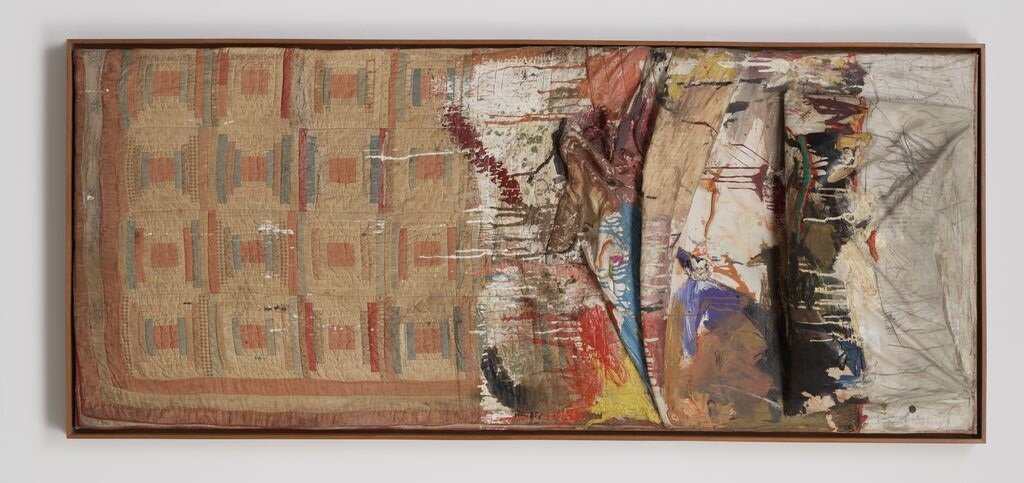Giorgio di Palma. A ceramist to watch out for: Interview with Giorgio di Palma, who is pushing ceramic forward
by Tiziana Maggio
Just one heartfelt piece of advice: remember his name. For his disruptive approach to the ceramic, we could define him as the Damien Hirst of this craft, but actually, to be more precise, Giorgio is like Damien before getting his god-like attitude and marketing power. In fact from his workshop in a tiny center in the south of Italy, Giorgio is revolutionizing his art.
Class 1981, he studied Archeology to then actually started working as IT technician. However, after few years he finally decided to listen to his true passion, the ceramic craft, and follow his call back home in the small town of Grottaglie, which actually is historically well known for its century old ceramic tradition. It is not a coincidence then that since he moved back home in 2010, Giorgio has been producing an incredible collection of ceramic art which are starting to attract interior designers and art collectors’ interests. His artistic statement is all about a personal and ironic approach: ‘I work my own way, without focusing on the technique, and I always avoid giving my objects a real function. I produce ceramic items which are not needed. In an era of excess and wastefulness, my aim is to create objects fallen into disuse, useless, but impossible to leave behind. They will outlive us, because now they are made of terracotta, hence immortal. Through a special time machine called ceramics I enjoy transforming the useless into the eternal and consecrating the moment.’
I have got to know Giorgio primarily via email and it immediately transpires how down to heart and committed this artist is.
Do you have a mentor in your professional and personal life?
In my life I have always been surrounded by people who inspired me, hence I don’t think I have ever had only one mentor. I might sound pretentious but I believe in myself so much that I could call myself the Giorgio di Palma’s mentor. This does not mean that I believe I can do anything I want. With time I have learnt that in every craft and industry there are experts that could be my teachers and mentors. Hence if I want to make marinated anchovies I will ask for my mother’s instructions and if I want to create a complex ceramic piece, I will ask my father for some advice.
Who is a living artist you admire and you would collect?
My house and studio are full of art made by artists I was lucky enough to meet and get to know closely. I need to know the artist personally in order for me to collect his pieces, in fact behind every piece I have, there is a story to tell. Hence I would say I collect stories, not art.
What can you not stand in the art world?
I have to say I cannot stand the art world as a whole. I never wanted to call myself ‘artist’ and I always avoided the path of art galleries-collectors-price politics.
Some of my pieces are displayed in museums where a wider audience can see them and enjoy them. However, I usually sell in my studio and in few selected shops: my buyers can be either the kid who needs to buy a gift for his aunt and the person who falls in love with a unique original piece.
What’s your biggest achievement so far in life and career?
Maybe my biggest one has been to came back and make a living in my hometown Grottaglie, in Southern Italy.
Are you interested in Italian politics?
Fundamentally no. I voted just three times in my life and I deeply regretted each time. I believe citizens can’t really decide on complex topics like vaccines, Euro, etc..There are designated people with specific expertise who know what and how to decide on those matters. We should just convince them to do that. Instead on ethical choice, rather economic-political matters, citizens should decide.
Where do you see yourself in 20 years?
I see myself ‘escaping’ from Italy often but also having Grottaglie as a base for me to come back.Like his ceramic lollipop and balloons, Giorgio is a straightforward and extremely enjoyable artist who can surprise you with a genuine approach that will definitely further his career in the directions of being internationally collected and unanimously acclaimed.








